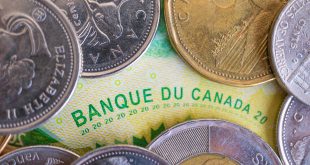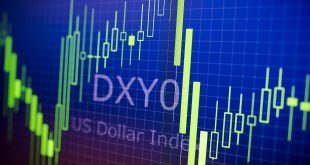The British pound strengthened on Friday, reaching a two-month high, after strong UK consumer spending data for January offset concerns over declining employment trends.
Key Market Moves
- GBP/USD rose 0.1% to $1.2675, from $1.266 before the data release.
- EUR/GBP dipped slightly to 82.81 pence, down from 82.85 pence.
Mixed Economic Signals: Spending Rises, but Employment Drops
- UK consumer spending surged unexpectedly in January, signaling resilience in economic activity.
- Retail sales rose 1.7%, significantly exceeding forecasts of a 0.3% increase.
- However, the UK S&P Composite PMI fell slightly in February, with a worrying decline in the PMI employment index, which hit its lowest level since November 2020 (excluding the pandemic period).
Employment Weakness Linked to Tax Policy
- The employment decline has been partly attributed to tax increases on employers, introduced by Finance Minister Rachel Reeves in October 2024, prompting businesses to cut hiring plans.
Inflation and Wage Growth Keep Rate Cut Bets in Check
- Wage growth remained strong, with regular pay rising 5.9% in January.
- Inflation hit a 10-month high of 3%, reinforcing concerns about price pressures.
- UK economic growth remained modest at 0.1% in Q4 2024.
Pound’s Performance and Outlook
- The GBP has risen 1.2% since January, though it still lags behind most G10 currencies.
- In 2024, it was the best-performing major currency against the dollar.
- BBVA strategists caution that the pound’s recent rally may be overextended, urging traders to remain vigilant.
Despite the strong retail data and resilient currency performance, lingering economic uncertainties and Bank of England’s cautious rate outlook may cap further gains.
 Noor Trends News, Technical Analysis, Educational Tools and Recommendations
Noor Trends News, Technical Analysis, Educational Tools and Recommendations





